Just The Car For The Village People: The Fiat 127 Village
Images: Archivio centrale dello Stato/Stile Bertone, Makarand Baokar
With the success of the Citroën Mehari and the Renault Rodeo, the Italian coachbuilding firm Carrozzeria Bertone also saw an opportunity in developing an open top recreational vehicle on a Fiat base, hoping to convince the Italian giant Fiat to add yet another Bertone-bodied niche model to their range.
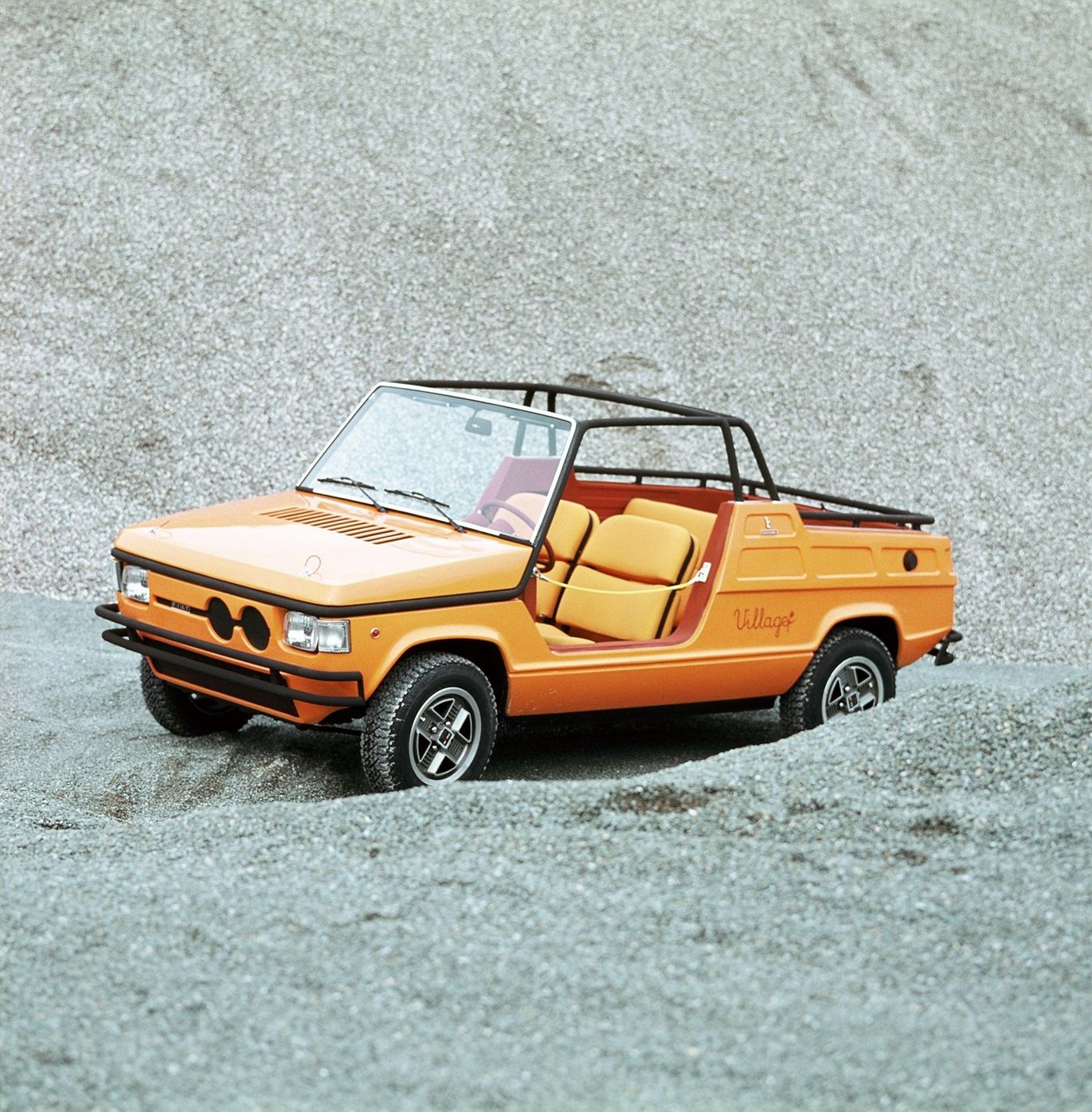
The front-wheel-drive Fiat 127, launched in 1971, seemed to be the appropriate starting point for Bertone’s design chief Marcello Gandini.
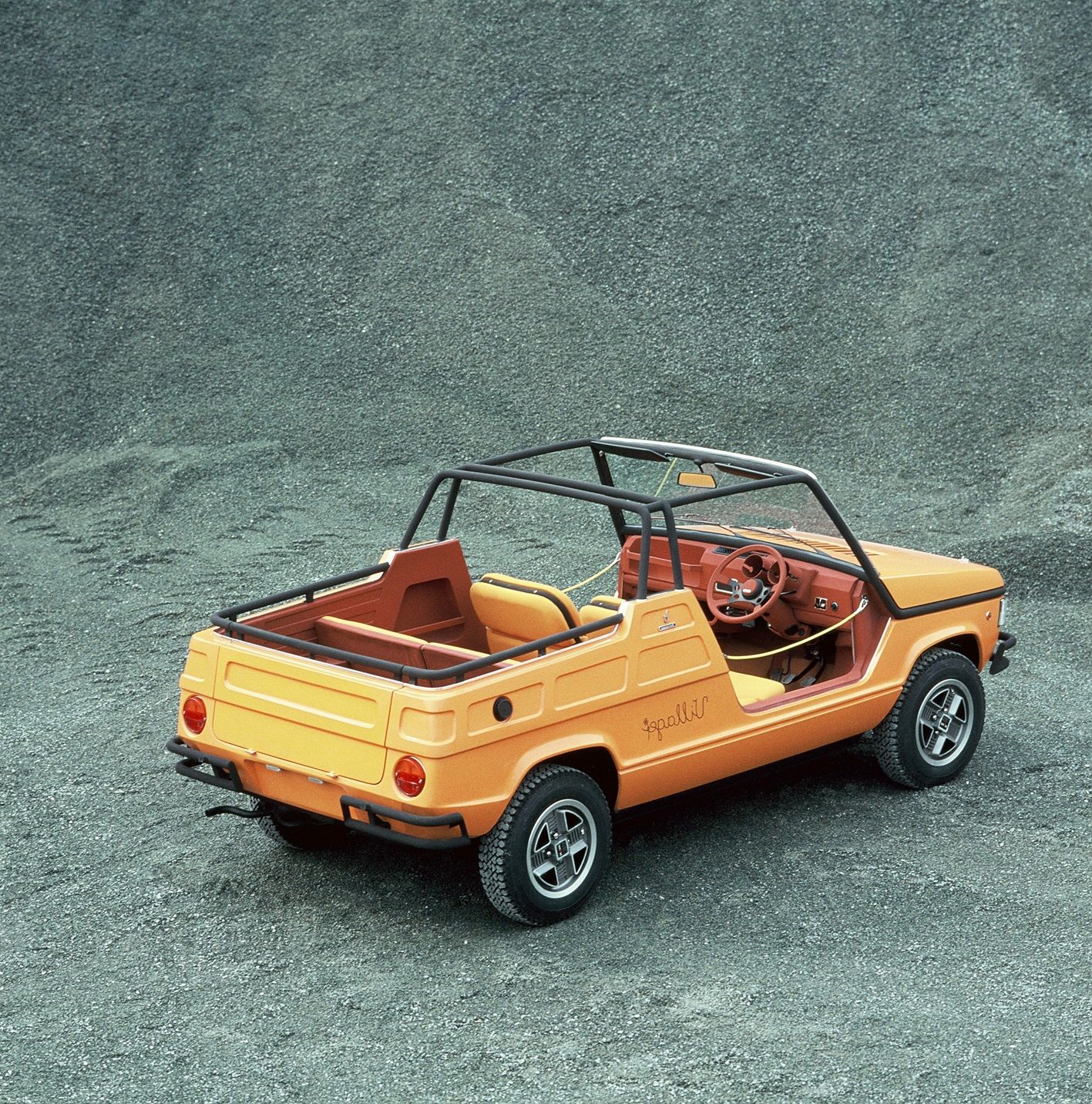
As the 127 was a monocoque, just chopping the top off wasn’t going to work. So, a complex tubular space frame to hold the body ‘together’ was designed, the tubes at the A- and B-pillar becoming a part of the design element of the car, as well as acting as rollover bars for protection, features that the Mehari and Rodeo lacked.
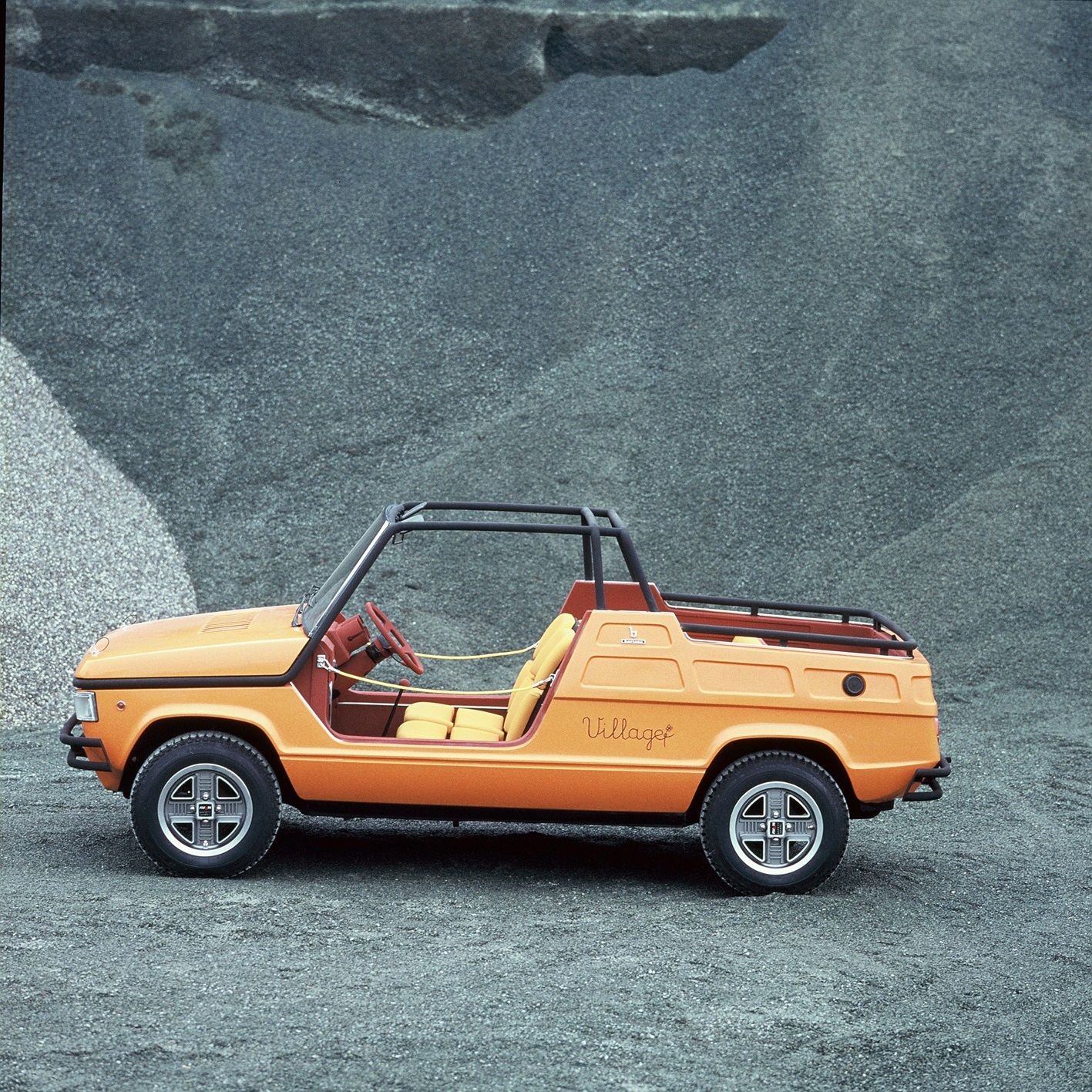
The clamshell bonnet idea from the 127 was retained by Gandini but redesigned to consider the frame tube running around the front perimeter of the vehicle, on which it was ‘sitting’. The rectangular headlamps from the 127 were retained too, as were all mechanical and chassis elements, including the suspension, steering, and braking system.
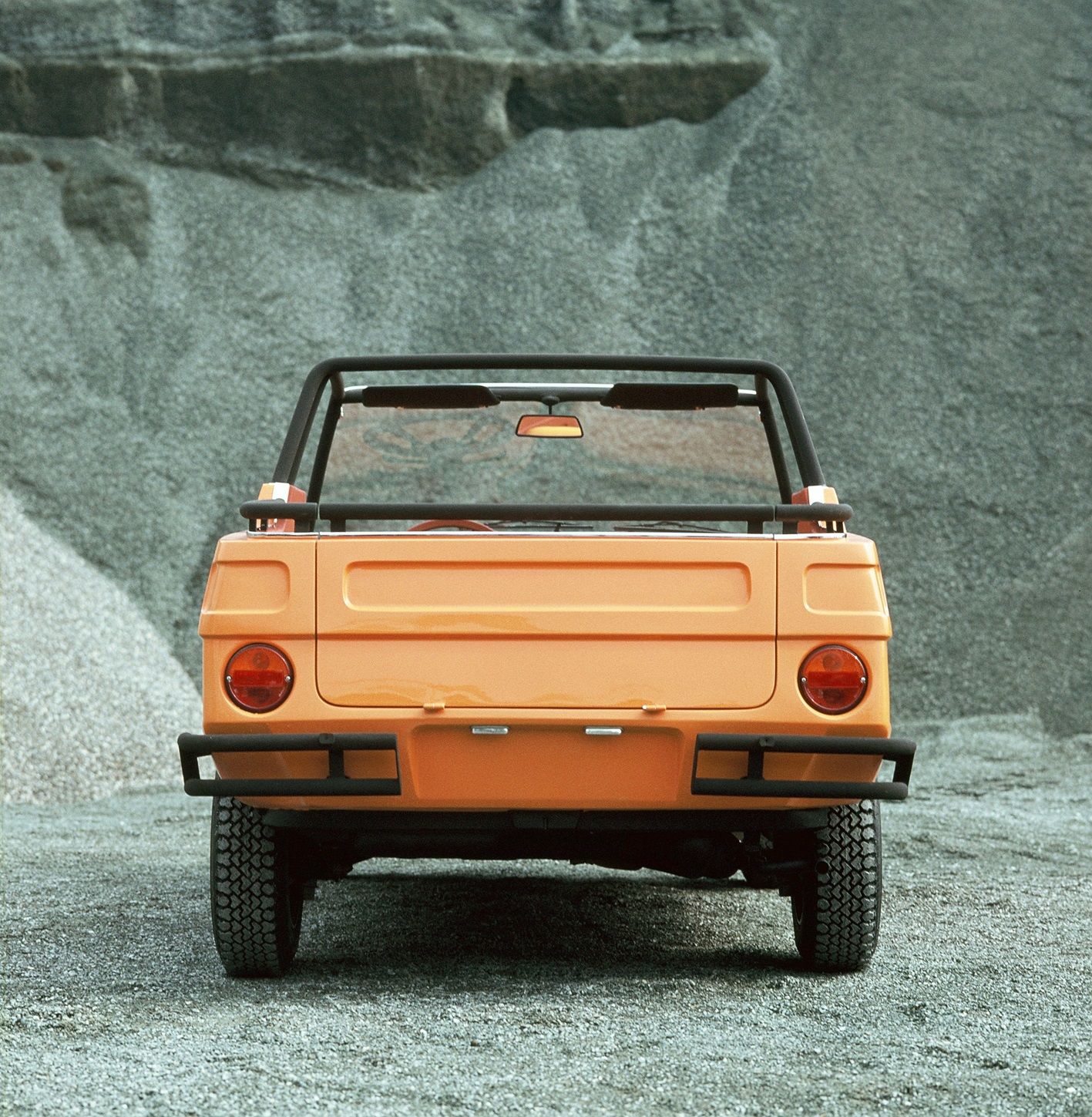
Powered by the 47bhp 903cc engine of the Fiat 127, dimensionally the Village was close to the donor car, with overall length at 3.5 meters, width at 1.52 and height 1.38.
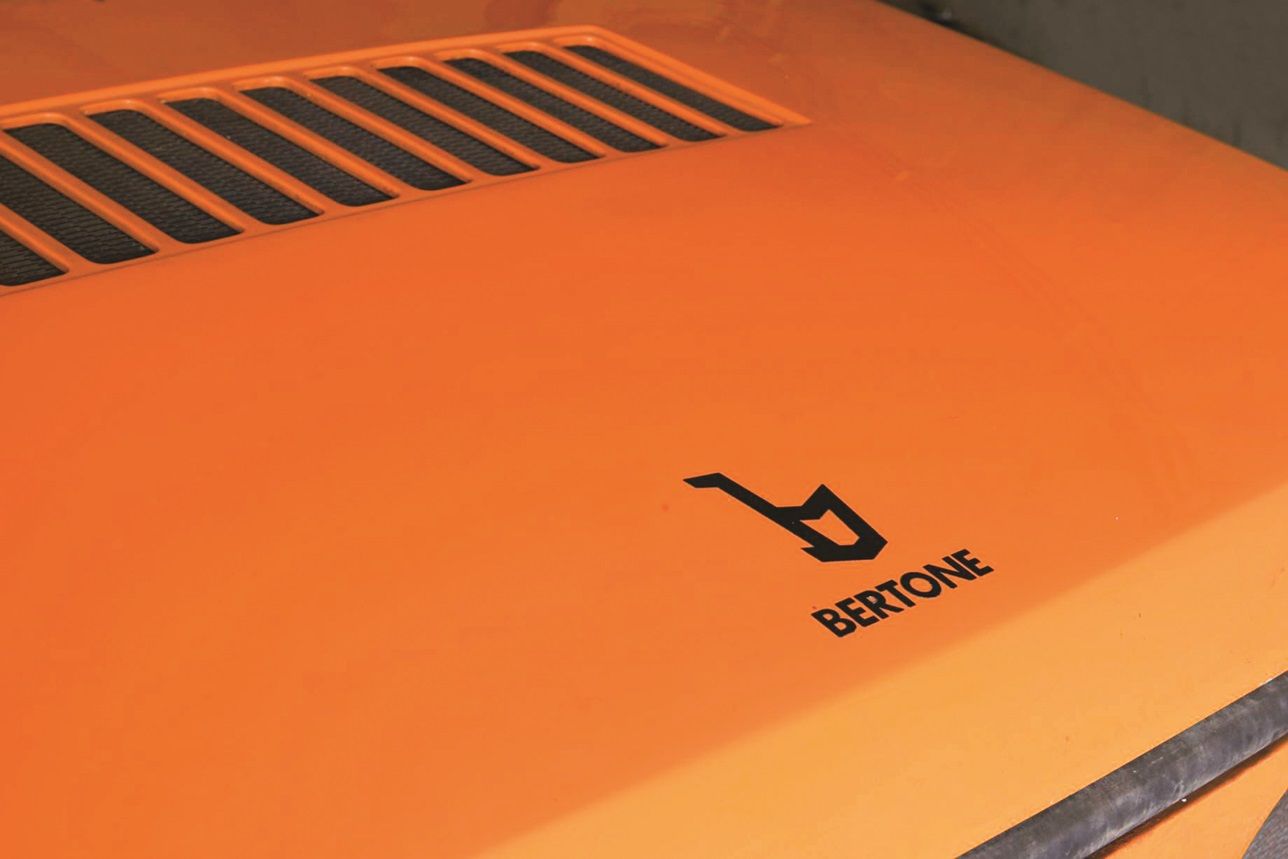
With the energy crisis of the early 1970s as a backdrop, designing a pure recreational vehicle didn’t make that much sense, so Marcello Gandini saw an opportunity in also addressing another pet subject of his: the possibility of developing a modular approach to the design.
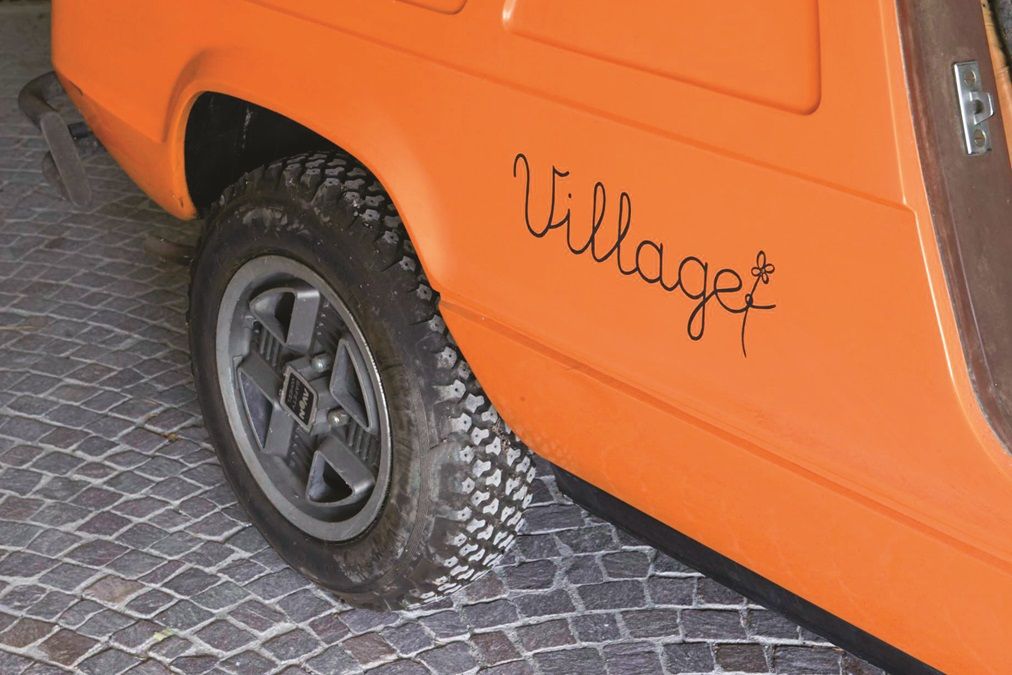
Although the prototype that was showcased was a four-seat topless leisure vehicle, the 127 Village (as it was christened) could be transformed with a few additional panels into a spider, or a van, a pick-up, or a four-seat hardtop, predating the Citroen Pluriel by decades.
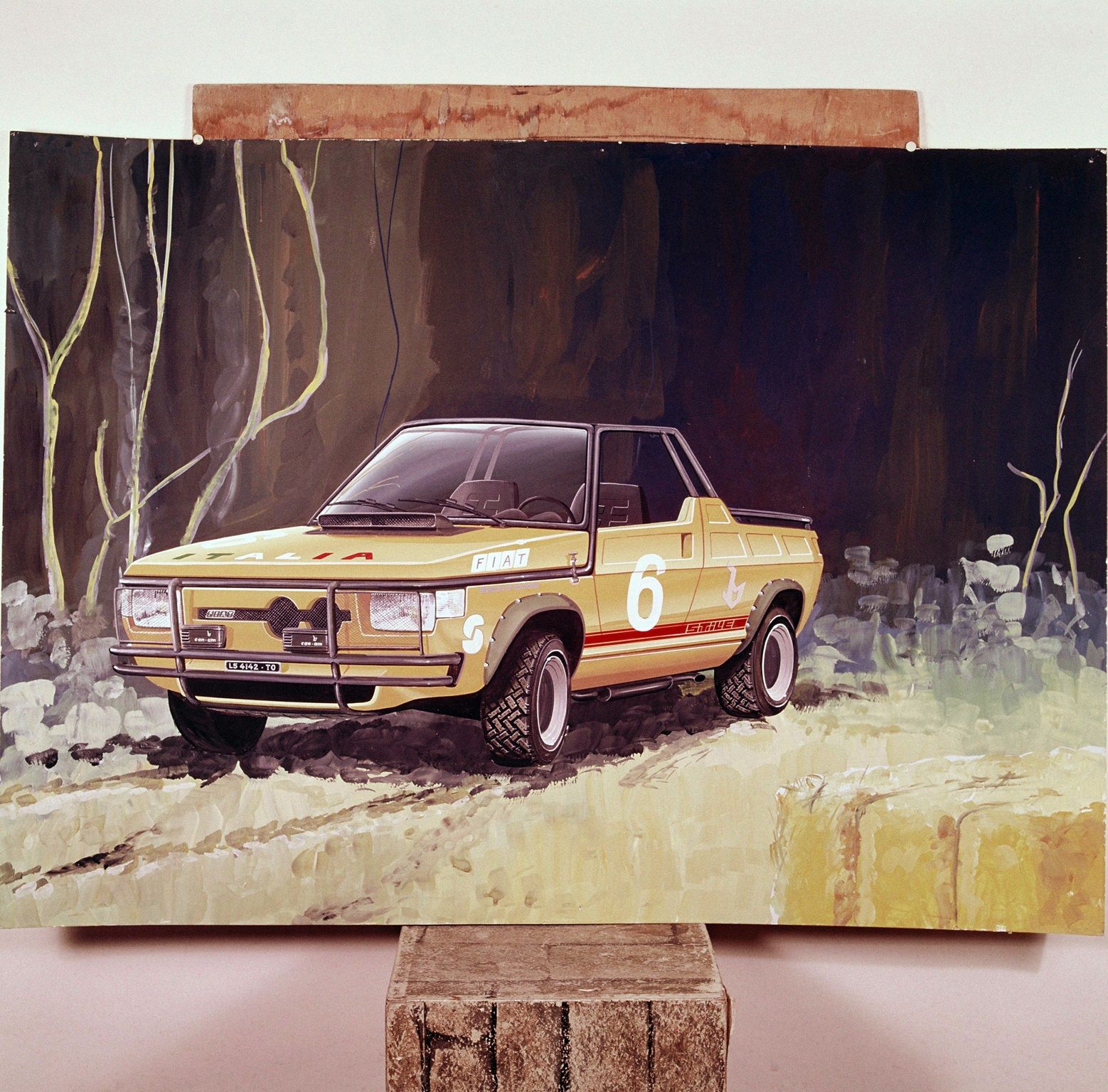
The modular nature of the additional panels meant that the user could himself carry out the transformations, using it as a leisure vehicle one day, and as a pick-up another day.
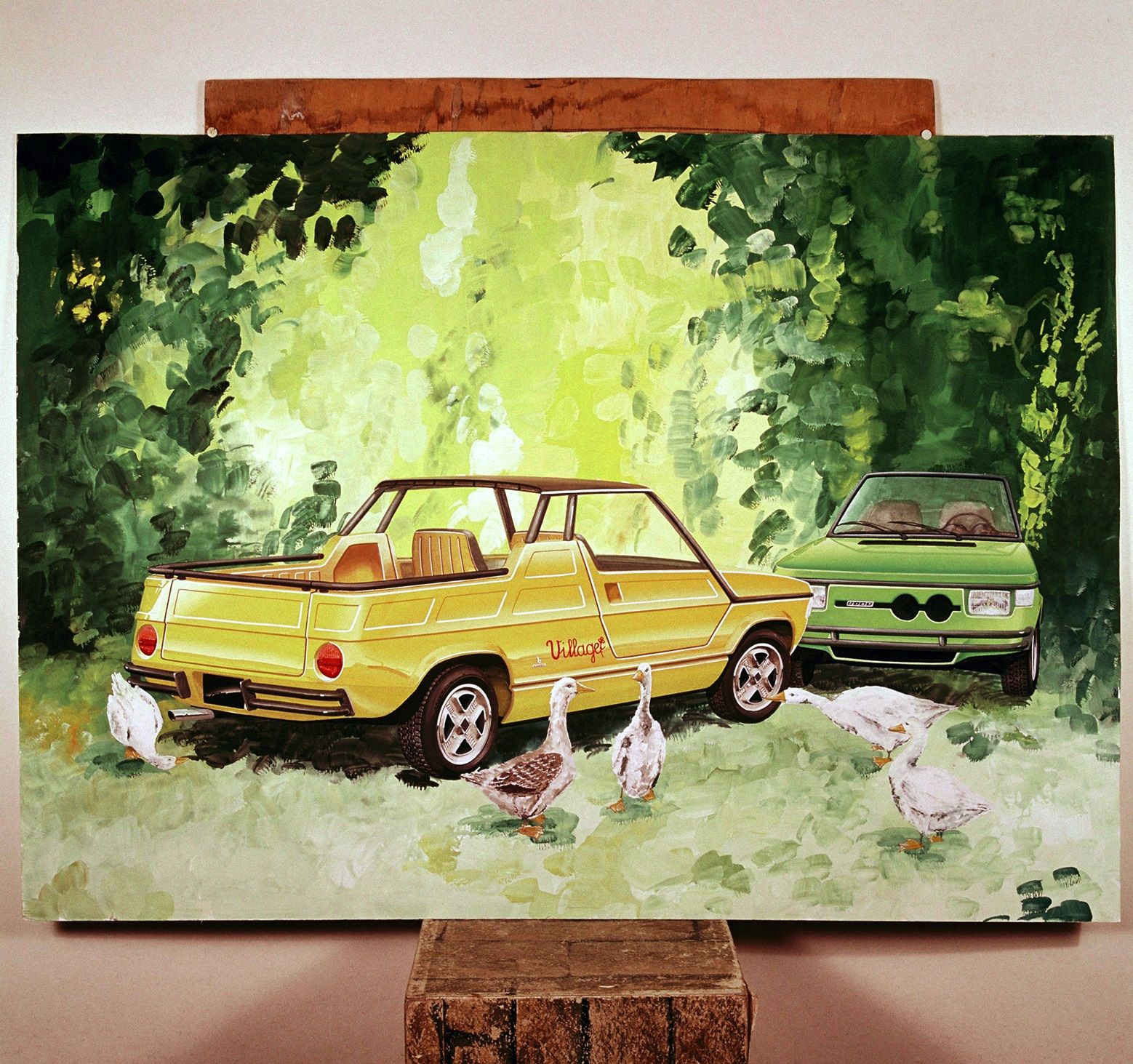
Unveiled at the 1974 edition of the Geneva Motor Show, the 127 Village not only captured the imagination of the showgoers, but also confirmed that Marcello Gandini could also design, with equal dexterity, a functional and practical multi-utility vehicle.
Comments
Sign in or become a deRivaz & Ives member to join the conversation.
Just enter your email below to get a log in link.
